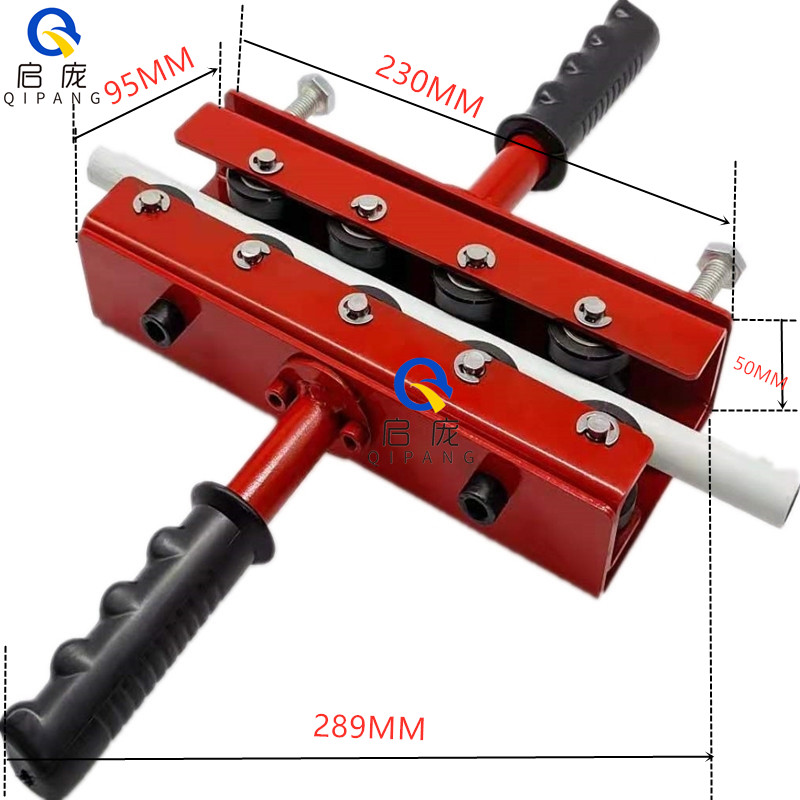In various industries, the precision and quality of pipes are critical for seamless operations. Pipe straighteners play a pivotal role in achieving the desired straightness in pipes, ensuring they meet stringent standards.

**1. The Importance of Straight Pipes:
**a. Industrial Applications:
In industries such as oil and gas, automotive, construction, and manufacturing, straight pipes are essential for proper functioning of equipment, efficient flow of fluids, and structural integrity.
**b. Quality Standards:
**2. Introduction to Pipe Straighteners:
**a. Definition:
**b. Types of Pipe Straighteners:
Various types of pipe straighteners exist, including roller-type straighteners, stretch straighteners, and rotary straighteners, each catering to specific applications and pipe sizes.
**3. Working Mechanism:
**a. Roller-Type Straighteners:
**b. Stretch Straighteners:
**c. Rotary Straighteners:
**4. Key Components:
**a. Rollers or Grippers:
**b. Adjustment Mechanisms:
**c. Control Systems:
**5. Applications of Pipe Straighteners:
**a. Steel and Metal Industries:
**b. Automotive Sector:
**c. Oil and Gas Pipelines:
**6. Challenges and Considerations:
**a. Material Properties:
The properties of the pipe material, including its elasticity and yield strength, influence the straightening process. Understanding these material characteristics is crucial for effective straightening.
**b. Precision Requirements:
**7. Conclusion:
In the complex landscape of industrial applications, pipe straighteners emerge as indispensable tools for achieving the required precision in pipes. Whether in the manufacturing of steel tubes, automotive components, or oil and gas pipelines, these machines contribute significantly to the efficiency, safety, and reliability of various systems. By employing advanced technologies and precise control mechanisms, pipe straighteners continue to play a crucial role in shaping the infrastructure and technologies that drive our interconnected world.
Aluminum plastic pipe straightener machine



Comments
All Comments (0)